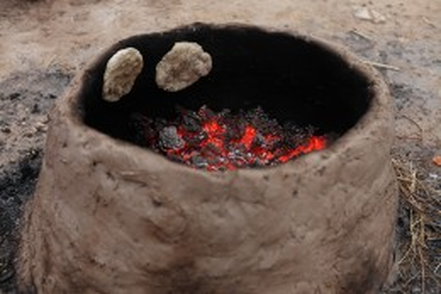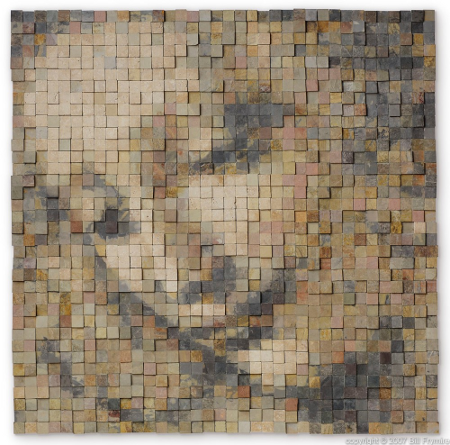I study what the ancient Israelites ate and how they prepared it; but, like Pollan suggests, I am disconnected not only from the food that I eat, but also the food that I study. One possible remedy for this disconnection to ancient food is to conduct an archaeological experiment. This summer, student volunteers on the Tell Halif archaeological excavation in Israel suggested that we try to make our own tannur (i.e., oven) and bake bread in it. My colleague and fellow Tell Halif supervisor Tim Frank has made a tannur before, so under his guidance, we built one behind the Halif archaeological lab at Kibbutz Lahav.2
First, a brief description of what we were trying to build. There are a few different types of traditional ovens that are still used today in the Middle East. One of the most common oven types is the tannur. A modern tannur is a beehive-shaped clay oven, usually close to one meter high, and will typically have two openings: one at the bottom and one at the top. Ethnoarchaeological studies show that after a fire fueled by kindling and animal dung is built on the floor of the tannur, the ashes are raked out of the bottom opening, before using the top opening to slap the dough onto the interior walls or even the floor to bake. Platters and cooking pots could also be placed on top of the upper opening and used for baking or cooking, respectively. Although most archaeological reports refer to ovens as a tabun, they are more like the tannur type of oven. The term tannur is found in the Hebrew Bible fifteen times, seven of which refer to an oven used to bake bread (Exodus 8:3; Leviticus 2:4, 7:9; 11:35; 26:26; Hosea 7:4, 6–7)...

